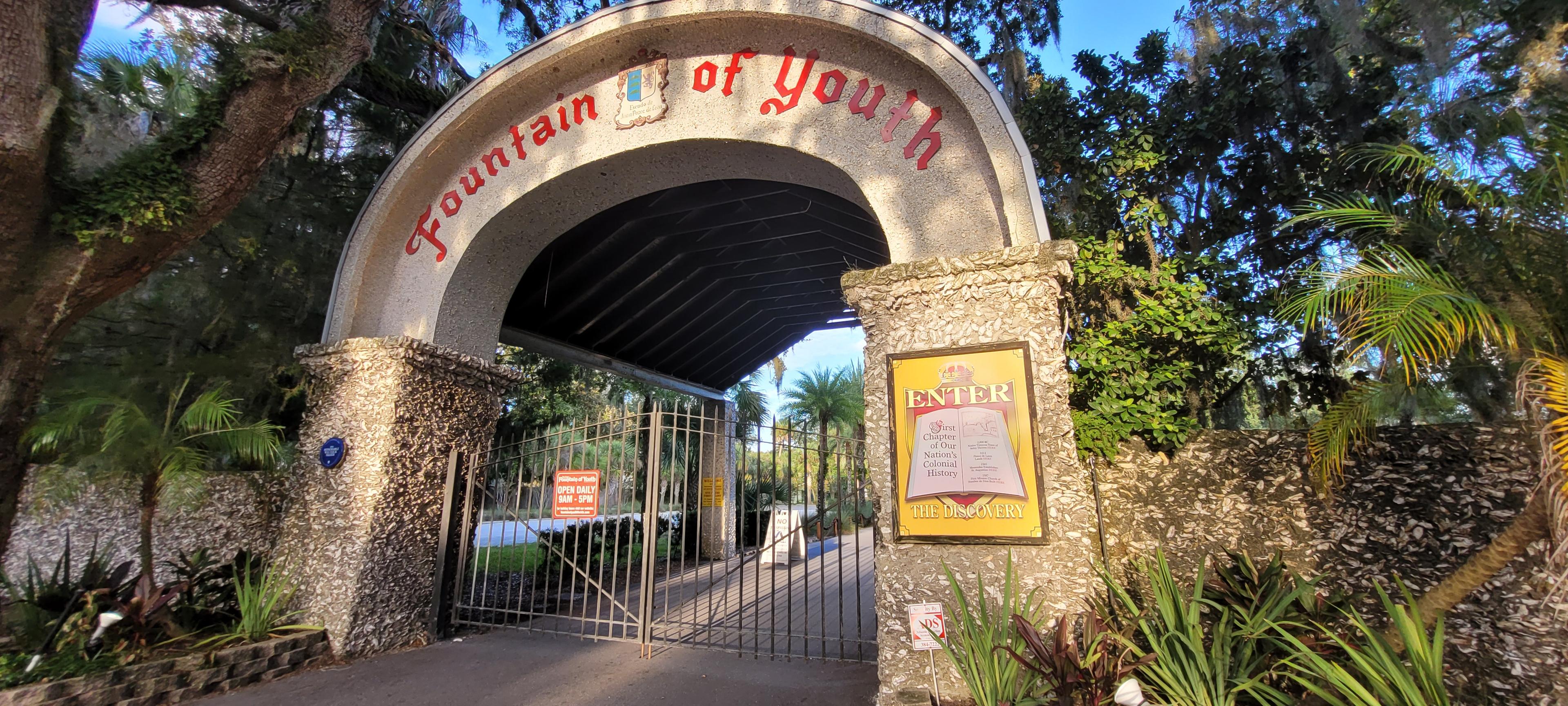The Fountain of Youth Archaeological Park, located in St. Augustine, Florida, is a site of great historical significance and intrigue. It is believed to be the location where Spanish explorer Juan Ponce de León first landed in 1513 while searching for the legendary Fountain of Youth. The park encompasses 15 acres of land and offers visitors a unique opportunity to explore the history and culture of early Spanish colonial America.
According to popular legend, Ponce de León was in search of a mythical spring that was said to possess the power to restore youth and vitality to those who drank from it. While the existence of such a fountain remains a myth, Ponce de León's expedition did lead to the discovery of Florida and the establishment of the first European settlement in what is now the United States.
The Fountain of Youth Archaeological Park is home to several significant findings and historical artifacts. One of the most notable discoveries is the site of the original 1565 settlement of St. Augustine, which was established by Spanish explorer Pedro Menéndez de Avilés. Visitors can explore the reconstructed settlement, including a replica of the original fort, watchtower, and living history exhibits that showcase the daily life of the early Spanish settlers.
The park also features an archaeological dig site where ongoing excavations have unearthed numerous artifacts from the colonial era. These findings provide valuable insights into the lives of the early settlers and their interactions with the native Timucua people. Visitors can witness the excavation process and learn about the techniques used by archaeologists to uncover and preserve these historical treasures.
The native burial site is located on the property of the Fountain of Youth Archaeological Park in St. Augustine, Florida.
The native burial site provides insights into the indigenous populations that inhabited the area before European colonization. The burial site was discovered during archaeological excavations conducted on the Fountain of Youth property. The park is known for its historical significance and has been the focus of numerous archaeological investigations.
The burial site is believed to contain the remains of Native Americans from various tribes that inhabited the region, including the Timucua, who were the dominant indigenous group in Northeast Florida.
The findings indicate that the Native Americans buried at the site were interred using various burial practices, including both primary and secondary burials. Primary burials involve placing the deceased directly into the ground, while secondary burials involve the reburial of remains after a period of initial decomposition.
Grave Goods: Archaeologists have discovered grave goods accompanying some of the burials, including pottery, shell beads, and other artifacts. These items provide insights into the cultural practices and beliefs of the Native American communities that inhabited the area.
8. Research and Study: The native burial site has been the subject of extensive research and study by archaeologists and anthropologists. These investigations aim to understand the cultural, historical, and biological aspects of the Native American populations in the region.
Additionally, the park offers interactive exhibits, educational presentations, and live demonstrations that provide a deeper understanding of the history and culture of the early Spanish settlers. Visitors can witness cannon firings, blacksmithing demonstrations, and even try their hand at shooting a Spanish crossbow. The park also hosts special events and festivals throughout the year, including reenactments of historical battles and cultural celebrations.
In conclusion, the Fountain of Youth Archaeological Park in St. Augustine, Florida, is a fascinating destination that combines history, archaeology, and natural beauty. It offers visitors a chance to step back in time and explore the early Spanish colonial era while enjoying the tranquility of its surroundings. Whether you are interested in history, archaeology, or simply seeking a peaceful retreat, the Fountain of Youth site is a must-visit destination.

